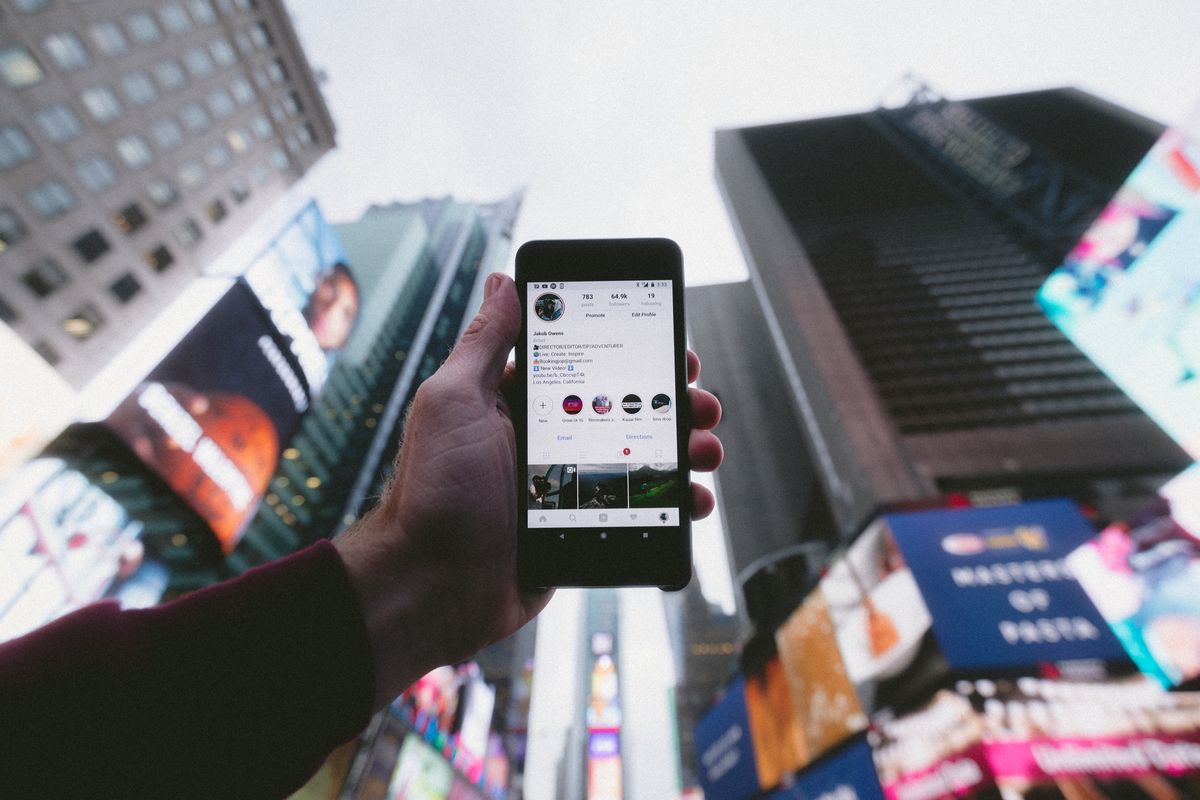Are Virtual Influencers Like Lil Miquela the Future of Marketing?

Here’s a real life virtual influencer chatbot story. About a month ago, prominent Instagram influencer Lil Miquela was hacked. The 19-year-old is an internet style icon, often portrayed in photos donning high fashion and streetwear, sometimes among celebrities. Because Miquela is staunchly liberal, it is possible that her hackers were alt-right trolls. A woman named Bermuda appeared on her feed, holding it hostage unless Miquela told her fans the truth: that she, like Bermuda, didn’t exist at all. They were both virtual characters.
If this sounds like a wacky PR stunt, it is. While fans already surmised Lil Miquela wasn’t real, the character is extremely lifelike. The virtual influencer has appeared in magazine spreads, among real-life celebrities and even has songs streaming on Spotify. The talk around Lil Miquela’s huge following (she has over 1.1 million followers on Instagram) and hacking has brands wondering: are bots and AI the future of influencer marketing?
Bots and Influencers Both Strike a Personal Connection
Who’s the influencer in your life? There’s gotta be a handful you follow online. It might be someone who exemplifies your fashion sense, has a lifestyle you wish you had, or simply has a personality you enjoy. Influencers offer a personal connection with their fans, which is what makes them so popular. That also explains why brands drop big bucks to have their products recommended by them. Whether they’re mid-size content creators or mega-celebrities like Kim Kardashian, followers feel like influencers “get” them, much like their friends.
This is exactly what businesses hope a virtual influencer chatbot can become: a friend to the consumer who can get to know them, then make recommendations for products or services that suit their lifestyle and interests. Businesses will have to implement social brand mascots to stay ahead of the curve. It might be through banking assistant that finds discounts relevant to users’ spending like DORI or a style guru like Sephora.Piggybacking on the success of virtual influencers like Lil Miquela and Shudu, such bots and assistants could also open up collaboration between the characters and real-life influencers.
And even fictional influencers like Lil Miquela, Shudu or even Barbie can become more interactive via a chatbot. Rather than simply broadcast posts and commentary, these influencers can talk to you via direct message, further forging a connection with fans and attaining key market research through chatbot analytics. Botanalytics, a service which tracks data on thousands of bots across more than a dozen platforms, found that the industries who can benefit best from the technology include travel, retail, banking and entertainment.
How You Can Make Your Own Virtual Influencer Chatbot
Your influencer doesn’t have to be as lifelike as Lil Miquela to be successful. Even a mascot who is hand-drawn can find a following if it has enough personality. The important thing is to integrate your chatbot with your social strategy. Because Facebook and Twitter are both platforms that offer chatbot services through direct message, they’re great places to start. Content “made” from your character may be posted to their own Instagram account as well, with a bio directing followers to a chatting platform to talk.
While voice and vocabulary are important to developing your mascot character, designing an identity for the character is crucial. Think of how you imagine an ideal customer when designing a product. Who will this character appeal to, and why will users want to follow them?
Creating a Personality for the Chatbot
When Domino’s created Dom, the personality behind their ordering chatbot, they asked themselves what sort of stuff he’d post online. “We identified the kind of content he’d share on Snapchat, how he would rewrite Domino’s own Facebook posts, and hundreds of quick witted comebacks should anyone make fun of him or swear,” says Tom Ollerton, chatbot developer. This isn’t just designing a personality; it’s designing a perspective, which is exactly what users look for when they follow an influencer.
Flo, the bubbly spokeswoman for Progressive, is another excellent example of social brand mascot. Users can chat with her one-on-one through Facebook Messenger or check out her many updates on her Facebook page. As a chatbot, Flo has a business-oriented conversation flow, but she’s happy to go off-topic if the user wants to. This, paired with her fun posts that sometimes have nothing to do with the product she’s intended to promote, humanize the brand overall and make her more than just an assistant aimed at finding customers a good insurance deal. She feels like your aunt, or the quirky office acquaintance ready to jump in on the trend of the day.
By taking lesson from these, you can implement a virtual influencer chatbot that integrates well with a larger social strategy. From there you can build a following, recommend services tailored to your audience and maybe even collaborate with other influencers—all the while striking a deep connection with users through your posts and via chat.
